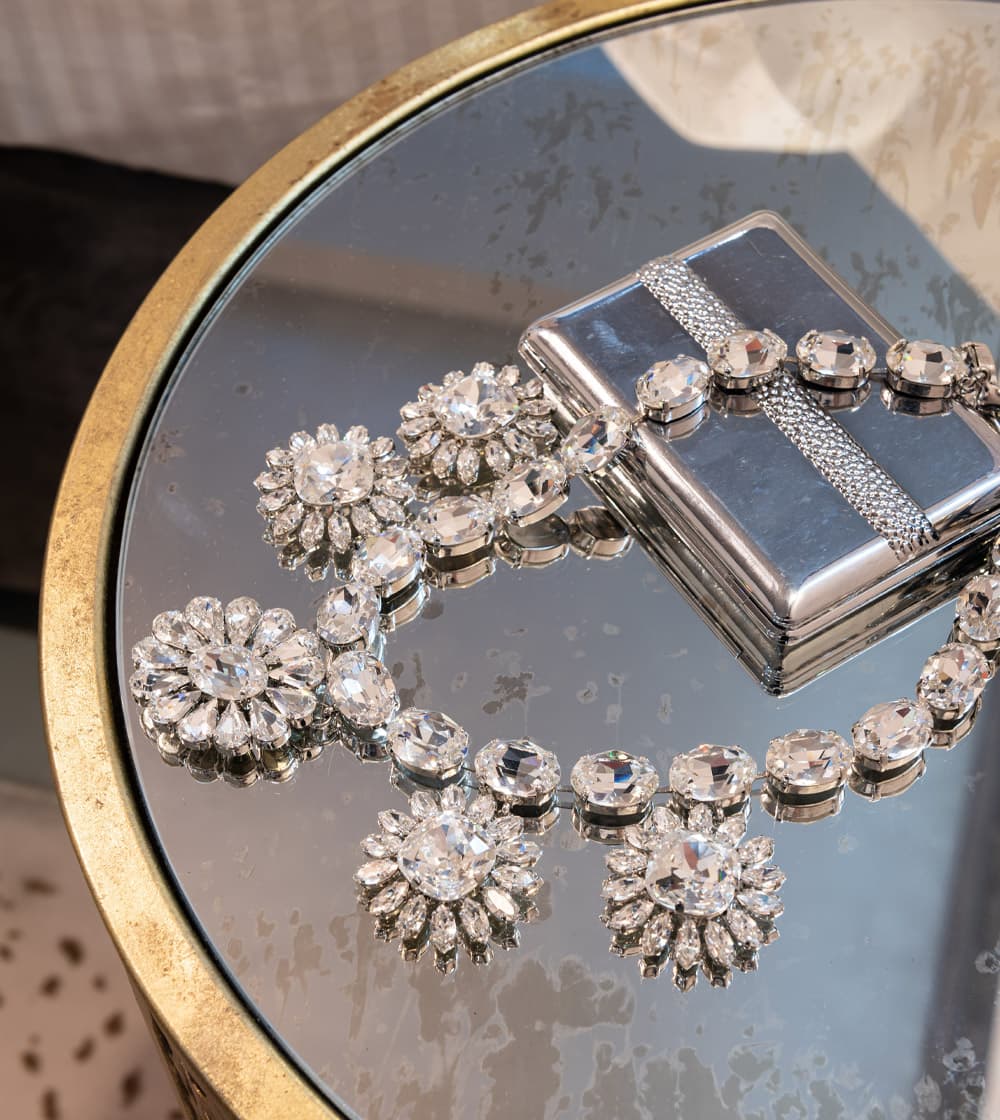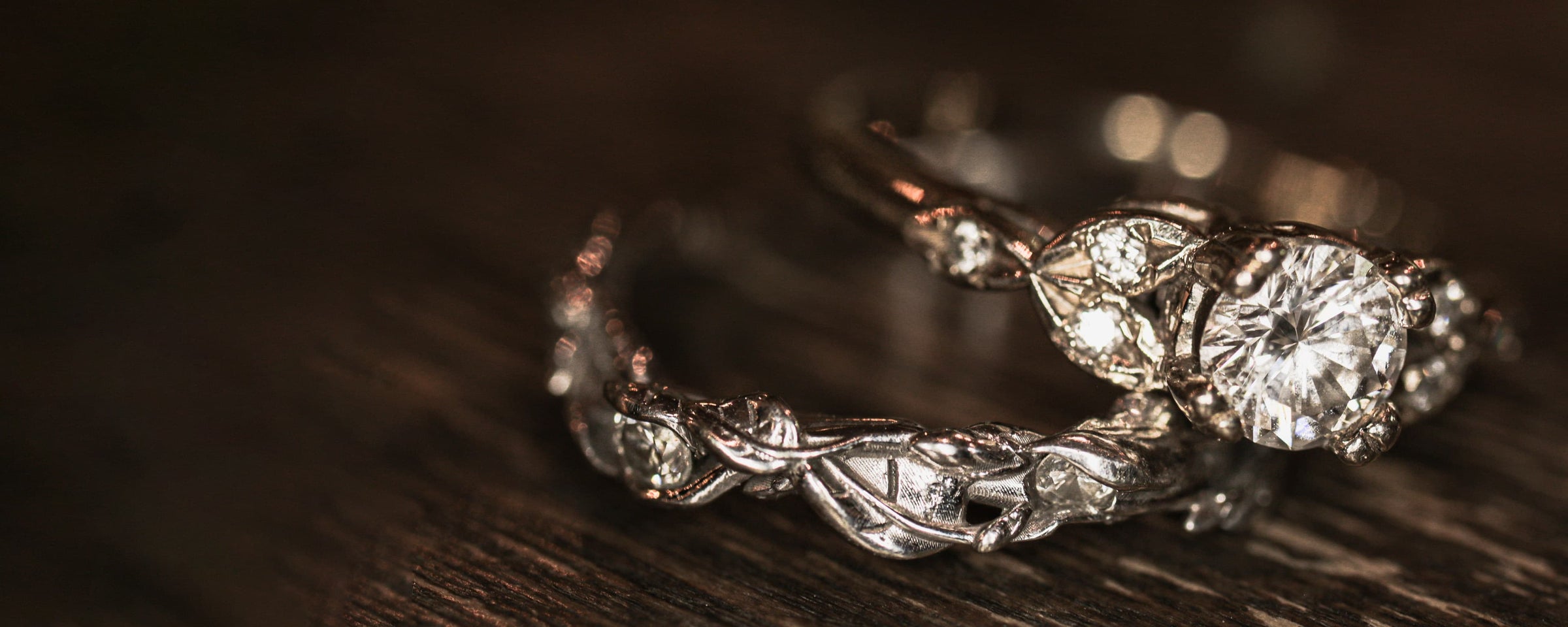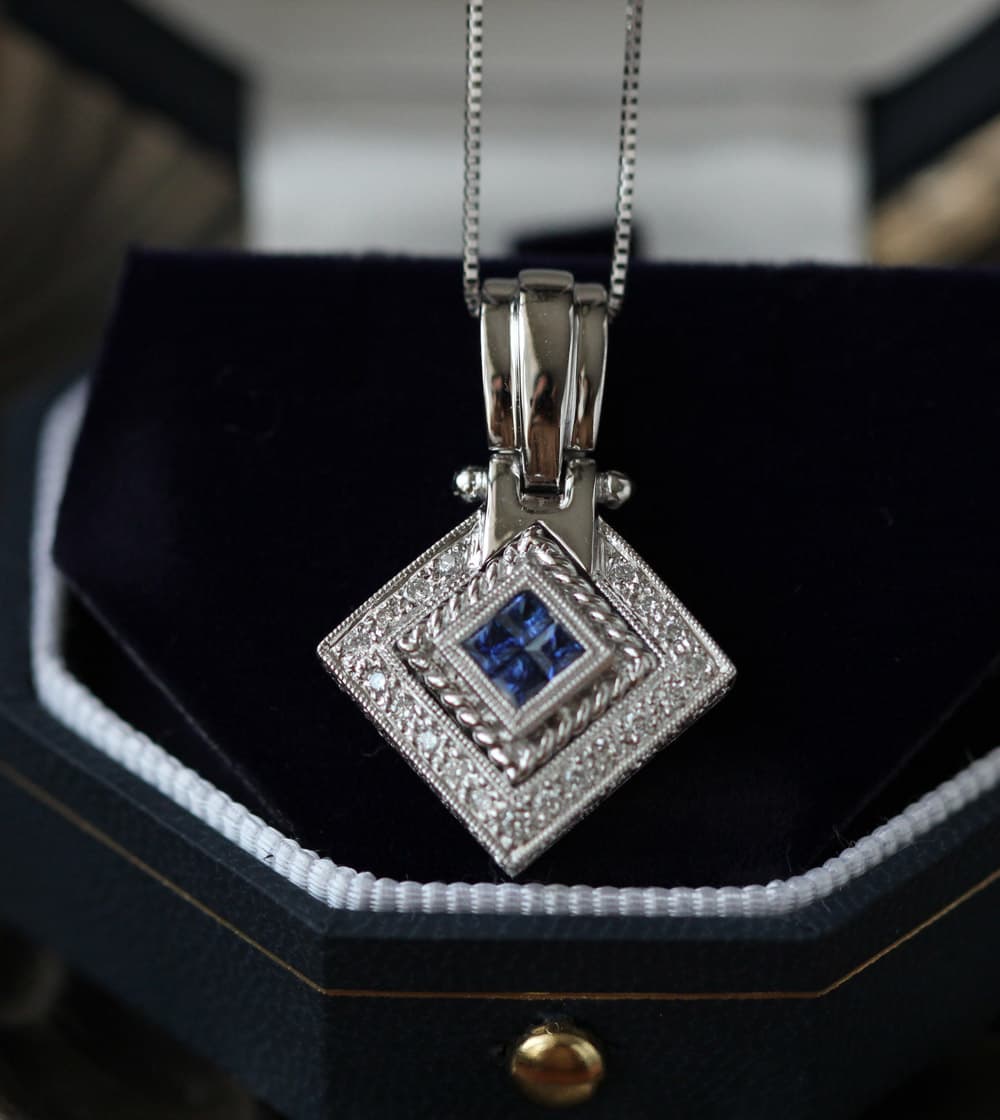Antique reproduction work is a specialty we love to perform. To be done right, it requires formal education, practical training, and research abilities. There are three main reasons our guests visit us for this kind of service:

A beloved piece, passed down through family, has landed with a member of the most recent generation. Sadly, the piece has reached, or is about to reach, the end of its useful life. Even with excellent care and refurbishment along the way, a ring worn through more than one generation will eventually be beyond one more wear. Whether because of tradition or because of true appreciation for the original design, antique reproduction means that we are making an heirloom all over again--and starting the clock of tradition along with it.
When grandma's jewelry gets dispersed upon her passing, there is often a particularly prized piece. Taking the original and reproducing it for one or more family members can go a long way to keeping tradition positive and upbeat.


An antique piece has caught your eye on the internet, perhaps at a store. But you've learned a bit about actual antique jewelry--enough to know that you don't know how to tell if something is going to last very long at all. To save heartache in the long-run, we can re-create a historically-accurate piece in that style...and you get the benefits that come with "new construction."

With more than seven years of formal training under her belt, our founder was exposed to her fair share of jewelry history education. As a consequence, she is well-versed in the features of the various period styles, including ethnic variances. Additionally, as a former diamond dealer, she has ready access to all the diamonds (and reproduction cutters) needed to properly execute a period piece of your dreams.

Babs has a strong interest in Forensic Reproduction...basically, by combining formal education in jewelry history with microscopic investigation and knowledge of crafting techniques, she will look at your antique or estate pieces, and re-make it based on what it was when that antique was new.
So, not only do you enjoy the full-bloom beauty that the original wearer did, but also the additional longevity brought with the original metal thickness and the benefit of modern alloy mixtures, which are superior. Folks are usually surprised to find out what "this old ring" looked like when she was new: engraving for which there are very faint reminders, finishes that have all but worn away, prong styles that have long since been modified into inferior, out-of-era ones.

It's like taking a trip backwards in time, to the point in history when the ring was originally made.

And if your project sniffs around the edges of Art Deco, know that Babs has significant experience in design from that era, having won two Art Deco jewelry design awards. At the time she won a French competition, she was the first American to date to have done so. This design period features high-precious, technical pieces with strong geometry, and very specific proportioning and use-of-materials.


